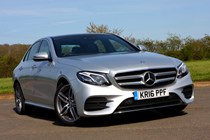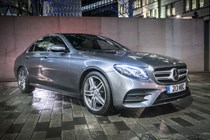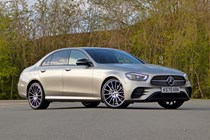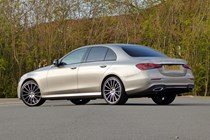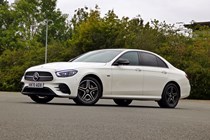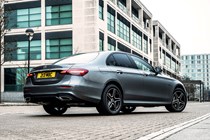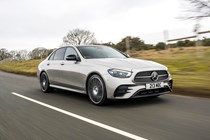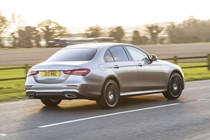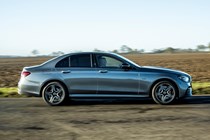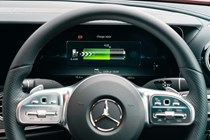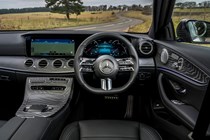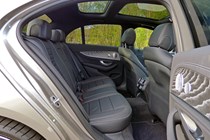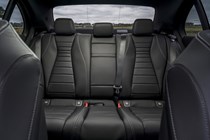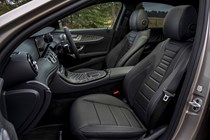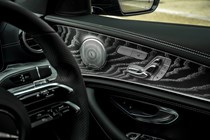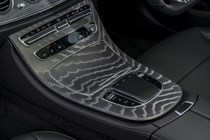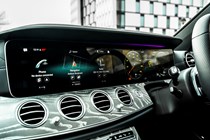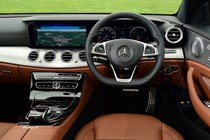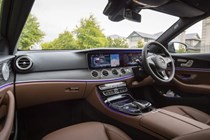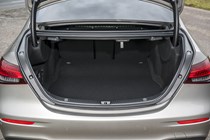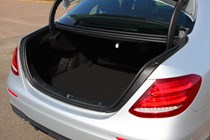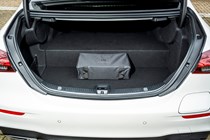
Mercedes-Benz E-Class Saloon (2016-2023) running costs and reliability
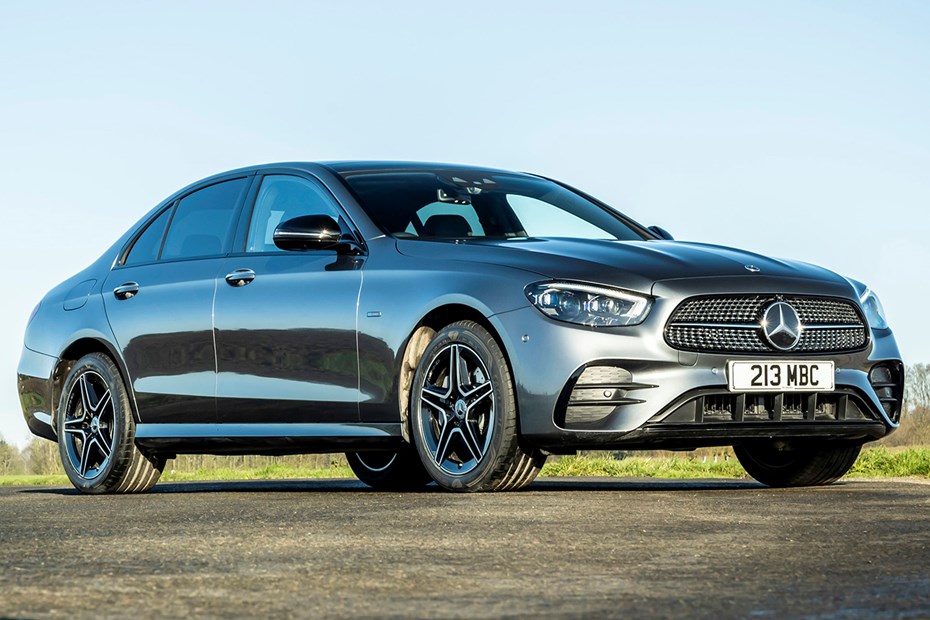
Miles per pound (mpp) ⓘ
| Petrol engines | 3.3 - 5.8 mpp |
|---|---|
| Diesel engines | 4.8 - 7.4 mpp |
| Plug-in hybrid petrol engines * | 5.5 - 27.6 mpp |
| Plug-in hybrid diesel engines * | 6.1 - 27.8 mpp |
Fuel economy ⓘ
| Petrol engines | 22.8 - 39.8 mpg |
|---|---|
| Diesel engines | 37.7 - 57.7 mpg |
| Plug-in hybrid petrol engines * | 37.2 - 188.3 mpg |
| Plug-in hybrid diesel engines * | 47.9 - 217.3 mpg |
- Diesel models offer fuel economy in the 40s and 50s
- Plug-in hybrids have capacity to be amazingly efficient
- Steer clear of AMG models unless you have deep pockets
What are the running costs?
The E-Class is a big car, and it comes with some big engines. But if efficiency is important to you, that’s not a problem, either, as among the choice of power units are a number of fuel-sipping diesels that are capable of 40-50mpg without much difficulty – plus a choice of petrol and diesel plug-in hybrid electric vehicles (PHEVs).
Even the conventional engines feature mild-hybrid tech now, and every version of the regular E-Class range has a nine-speed automatic transmission, both helping the entry-level E220d top 53mpg in our real-world testing.
The more powerful diesel options feature 4Matic four-wheel drive as standard, however, which does drag them down a bit – though you can still expect these to be less thirsty than the petrol engines. Particularly the Mercedes-AMG variants, but we don’t suppose anyone buys those if they’re worried about saving fuel.
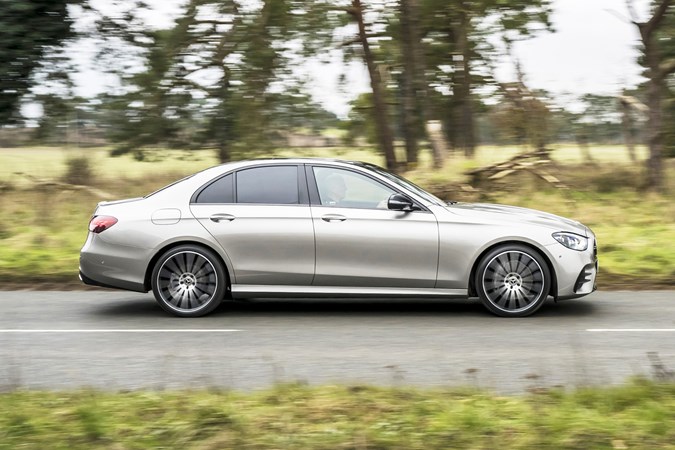
This brings us to the plug-in hybrids. The E300e is petrol powered, the E300de is diesel powered, and they have claimed electric-only driving capability of between 31 and 35 miles per charge – and the charging time is 1.5 hours on a common 7kW wallbox charger.
If your journeys are often short, you may find you can go weeks without putting any fuel in, helping these deliver very low running costs as well as low tax bills – for company car drivers especially. But even on longer journeys we’ve found the E300de able to return over 60mpg, so although pricey they make excellent all-rounders now.
View detailed mpg and CO2 figures on our Mercedes-Benz E-Class specs pages
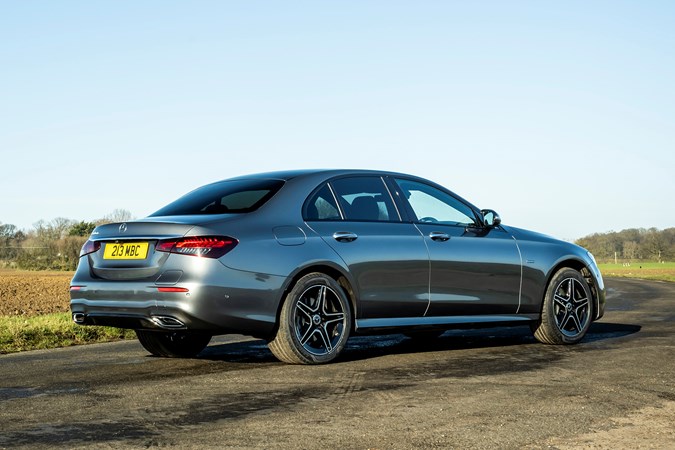
Servicing and warranty
As with all premium-brand cars, you can expect an E-Class to cost a little more at service time. Fortunately, Mercedes offers standard and extended service plans that allow you to pay up front or spread the cost (avoiding later price rises in the process). Service intervals are variable, and controlled by the car’s in-built systems.
The standard E-Class warranty is for three years of unlimited mileage cover. Mercedes extended warranty cover can be provided at extra cost.
Reliability
- Quite a few official recalls
- Mercedes products tend to feel well put-together
- Wide-ranging and well-rated dealer network
Apart from a difficult period in the mid 1990s and early 2000s, Mercedes has been known for building quality cars that feel well put-together. The same is true of the E-Class, which feels solid as a rock wherever you look.
However, it has been subject to quite a few official recalls, including two related to the seatbelts, one to the airbag, and one relating to an oil leak from the turbocharger’s feed pipe. It’s definitely worth making sure these issues have been dealt with if you’re buying a used model. The Gov.co.uk vehicle recall check website has full details.
On top of this, a few of our owner’s reviews have highlighted difficulties with the sat-nav and questionable longevity of the E220d engine for high mileage drivers. Don’t forget you can leave your own review on these pages, too.
Ongoing running costs
| Road tax | £20 - £620 |
|---|---|
| Insurance group | 28 - 49 |
Get an insurance quote with

|
|




